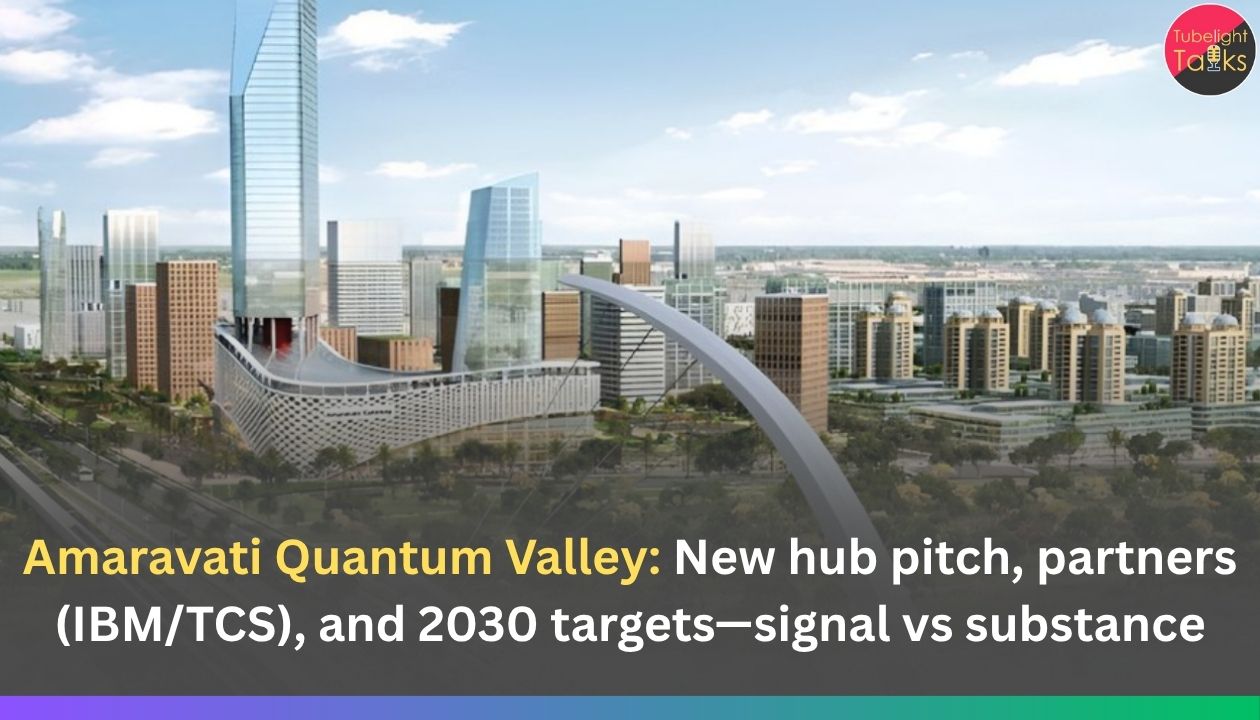Helion’s “Orion” Fusion Plant: Helion has begun site work on its first grid-connected fusion plant, Project Orion, in Washington state. The company says it remains on track to honor its power purchase agreement (PPA) with Microsoft for first electricity by end-2028, with Constellation Energy as power marketer and transmission manager.
Orion targets ≥50 MWe after a one-year ramp-up. Recent milestones include land secured, a conditional use permit granted, and early construction activity at the site.
Manufacturing & build strategy
- Prototype → plant handoff: Helion’s Polaris machine in Everett is the 7th-gen testbed; Orion is the scaled grid plant that inherits its pulsed-power/fuel-cycle learning and direct magnetic energy recapture (skipping steam turbines).
- Make critical parts in-house: To compress schedules and supply risk, Helion plans to manufacture its own capacitors (machines use ~6,000 capacitors and ~50,000 thyristors), creating new jobs and reducing vendor bottlenecks.
- Capital & partners: A $425M raise (SoftBank VF2 lead) in Jan 2025 backs scaling; Constellation handles power marketing and grid interface for the Microsoft deal.
What Orion must prove (tech milestones)
- Net electricity at scale: Helion’s approach forms two field-reversed configuration (FRC) plasmas, merges and compresses them, then recaptures energy directly into coils (no steam cycle). Demonstrating repeatable net electrical output and component endurance at high pulse rates is the gating item.
- Power & ramp profile: The PPA envisions ~50 MWe or more after a one-year ramp; hitting interim outputs on a published curve will build confidence with grid operators.
- Permitting & interconnect: With the conditional use permit secured, Orion still navigates remaining local/state approvals and a grid interconnection path to Microsoft-served load.
Why “commercial(ish)” is the right label—for now
Helion’s PPA with Microsoft is the first of its kind in fusion, but the technology has not yet demonstrated sustained net electricity on Polaris. Site work and permits show real progress; success still hinges on physics + engineering closure and on-time commissioning of the pulsed-power train. Expect scrutiny of published KPIs and independent verification as 2026–27 testing intensifies.
2026 watch-list (practical checkpoints)
- Polaris results: public data on net electricity attempts, pulse rate, component lifetimes.
- Orion build: foundation, coil halls, capacitor banks installed; grid interconnect milestones.
- Factory news: Helion’s in-house capacitor line commissioning and supply chain localisation.
- Regulatory clarity: continued treatment of fusion under clean-energy statutes in Washington and local siting progress.
From render to revenue requires public KPIs
To turn the world’s first fusion PPA into delivered megawatt-hours, Helion must move from permit stamps and earthworks to a transparent test cadence: Polaris performance, Orion installation gates, and a ramp curve to ≥50 MWe by 2029. If those datapoints land on time—and grid interconnect keeps pace—“commercial(ish)” could become commercial by decade’s end.
Conscience in the Control Room
Drawing on principles often highlighted by Sant Rampal Ji Maharaj – satya (clarity), ahimsa (care), seva (service), and sanyam (self-discipline)—a rollout like Helion’s Orion can anchor progress to people: keep a public run-log of shots, outages and fixes with independent test reports; create a community dividend (a set share of first power earmarked for clinics, schools and emergency services); run open safety drills with plain-language leaflets for neighbours.
Publish parts traceability and end-of-life plans for capacitors and coils; and adopt a go-slow rule – no scale-up unless reliability and safety stay above threshold for sustained periods. That’s innovation with a spine, not just a headline.
Read Also: ASEAN Endorses 45% Renewable Electricity Target by 2030 in New Energy Plan
FAQs: Helion’s “Orion” Fusion Plant
1) What and where is “Orion”?
Helion’s first grid-connected fusion plant in Washington state; site work began mid-2025 after land and early permits were secured.
2) What does the Microsoft deal actually say?
A power purchase agreement for first electricity by end-2028; Constellation will market the power and manage transmission.
3) How much power is planned?
Helion targets ≥50 MWe after a one-year ramp-up from commissioning.
4) What makes Helion’s approach different?
It uses FRC plasmas and direct magnetic energy recapture to produce electricity directly, skipping the steam-turbine step used by most power plants.
5) Biggest risks between now and 2028?
Proving net electricity reliably on Polaris, scaling components/endurance for Orion, staying on permit/interconnect timelines, and meeting the ramp curve to contracted output.










